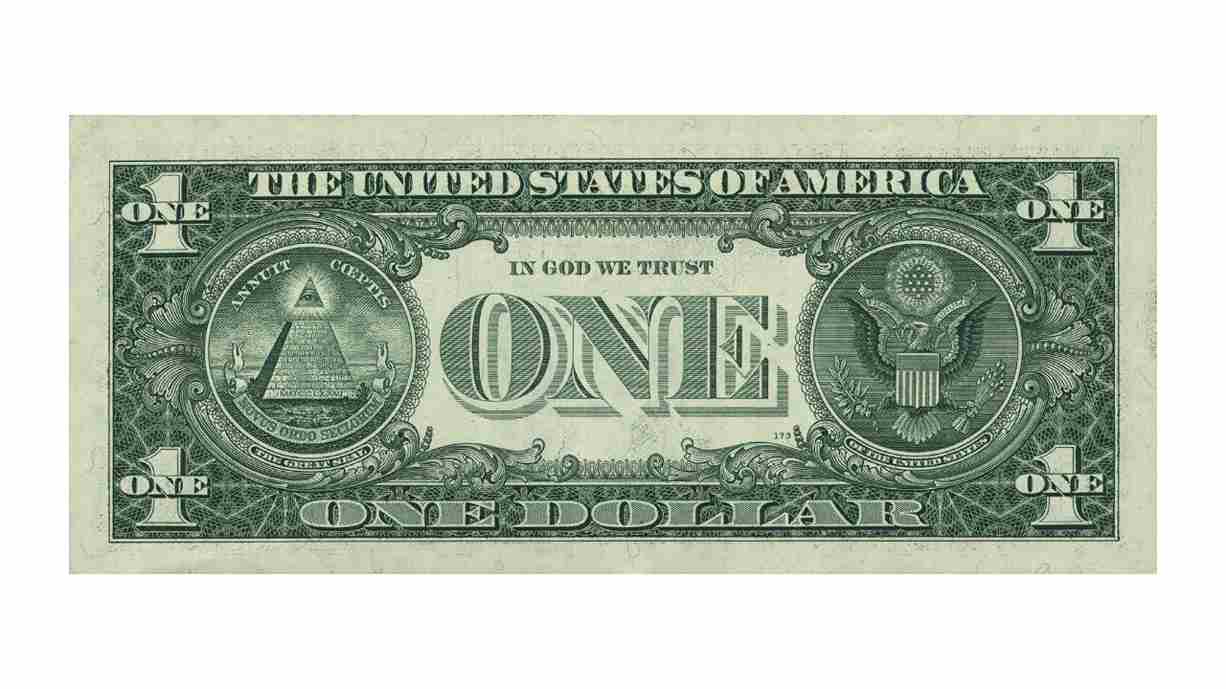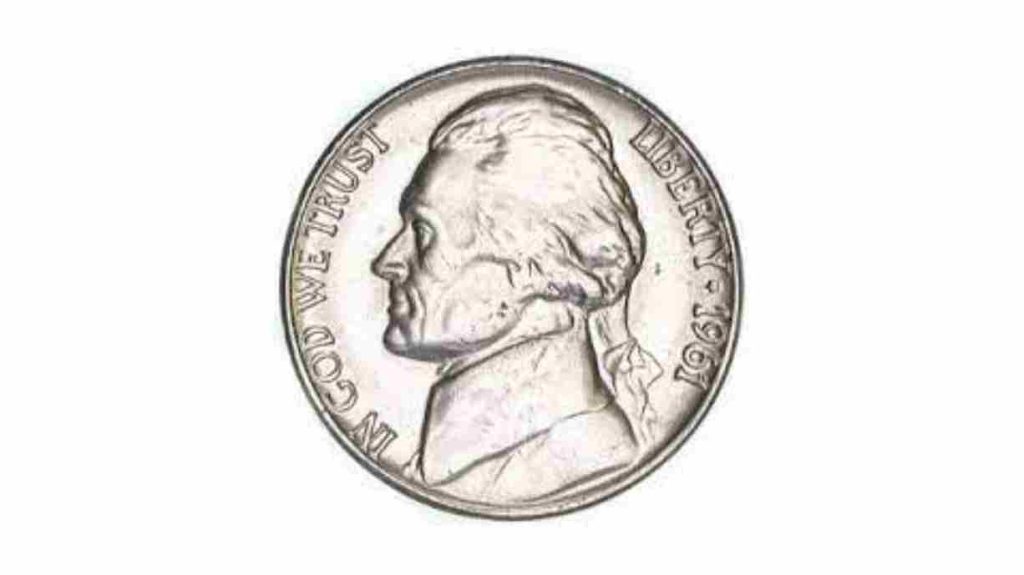Physical Address
#1 Shell Camp Owerri, Nigeria
Physical Address
#1 Shell Camp Owerri, Nigeria

People have been trying to figure out the answer to this question for centuries: “How Many Nickels Make a Dollar?”
The correct answer is 20, as expected. However, addressing how one can arrive at that solution is more difficult.
This article will look at different ways to solve the problem and some background information about the United States monetary system.
Following the penny as the coin with the lowest value in the United States monetary system, the nickel has a value of 5 cents, making it the second-lowest denomination coin after the penny.
Copper makes up most of the nickel, with nickel accounting for the remaining 25% or so of its composition.
Because a dime is worth 10 cents, a nickel can be considered equivalent to a half dime.
Read more: 13 Best Paying Jobs in Precious Metals (FAQs)
It takes 20 nickels to make a dollar. A nickel is worth 5 cents, and a dollar is 100 cents. So, if you divide 100 (the number of cents in a dollar) by 5 (the number of cents in a nickel), you get 20. So, 20 nickels equal 1 dollar.
During the American Revolution, the significance of the Spanish dollar increased since it was used to support paper money approved by the individual colonies and the Continental Congress.
Because Great Britain purposefully withheld hard currency from the American colonies, virtually all of the non-token coinage in circulation was silver.
The Spanish dollar was used a lot in all thirteen colonies and was even accepted as money in Virginia, one of those colonies.
Alexander Hamilton, then the Secretary of the Treasury for the United States, reported to Congress on April 2, 1792, detailing the amount of silver discovered in Spanish dollar coins circulating throughout the states.
As a direct consequence of this, the United States dollar was established as a unit of pure silver with a weight of 371.4/16 grains (24.057 kg), or 416 grains of standard silver (standard silver being defined as 371.25/416 in silver, and the balance in alloy).
It was stipulated that the United States’ “money of account” should be expressed in those same “dollars,” or parts thereof.
For example, if a half-dollar coin contained half as much silver as a dollar coin, a quarter-dollar coin would contain one-fourth as much silver, and so on.
By 1965, most of the silver content of United States coins had been withdrawn, and the dollar had transitioned into a free-floating fiat currency without a commodity underpinning specified in terms of real gold or silver.
The United States Mint will continue to produce silver coins with a face value of one dollar, but these coins will not be released into widespread circulation.
Read more: 13+ Highest Paying Jobs in Major Chemical (FAQs)
The five different sorts of coins:
Each variety of coins has a monetary value distinct from the others, and no two coins are alike in appearance.
While coins like the nickel and the cent have smooth edges, coins like the quarter and the dime have ridged edges.
It costs one cent to make a penny, five cents to make a nickel, ten cents to make a dime, twenty-five cents to make a quarter, and fifty cents to make a half dollar.
Twenty nickels are needed to make up a single dollar. Therefore, if you have forty nickels, you have two dollars in your possession.
Read more: Is Integrated Oil Companies a Good Career Path? (FAQs)
Banknotes refer to the individual pieces of paper that make up a country’s currency. In the United States, banknotes in the following denominations can be purchased: $1, $2, $5, $10, $20, $50, and $100.
Producing and distributing money in circulation across the United States falls within the purview of the United States Mint.
The United States Mint manufactures coins for general circulation and other coin and currency-related products sold to collectors and investors.
In 1792, Philadelphia became home to the very first mint, and there are currently four operational mints in the United States: Philadelphia, Denver, San Francisco, and West Point.
Did you know that the penny is the most used coin in the United States? There are more than 11 billion pennies in circulation right this minute!
In addition, there are over five billion nickels, nearly three billion dimes, over two billion quarters, and over one billion half dollars.
That’s a significant amount of money! And it should come as no surprise that we occasionally struggle to keep track of all of them.
Read more: 11 High Paying Jobs in Finance Consumer Services (FAQs)
The designs on the front and back of a coin are referred to as the obverse and the reverse.
The designs on the obverse typically include the heads of notable individuals from US history, while the designs on the reverse also feature the heads of notable individuals.
On the other hand, there is sometimes a famous building or something else that represents the country’s long history.

We’ve already established that nickel coins have rounded corners and edges. Both sides of their designs (front and back) are striking in their own right.
The likeness of Thomas Jefferson is featured on the obverse of the nickel, the coin that represents the value of five cents.
He served as the third president of the United States and was the primary author of the Declaration of Independence.
The building that belonged to Thomas Jefferson and is known as “Monticello” can be seen on a nickel’s back (tail) side.
Thomas Jefferson did not have any formal education in the field of architecture. Surprisingly, he had taught himself architecture all on his own.
Since then, almost 700 of Jefferson’s notes and sketches on various architectural topics have been verified.
And more than half of it is connected to the former president’s home, Monticello, located close to Charlottesville, Virginia.
Read more: Is Power Generation a Good Career Path? (FAQs, Tips)
The answer is straightforward: a quarter of a dollar equals five nickels. Which then means a dollar is made of twenty nickels.
The next time you attempt to determine whether or not you have enough money to purchase something, keep in mind that five nickels add up to one quarter, which is one-fourth of a dollar.
Only the dime and the penny are smaller than the nickel, while the quarter is bigger than the nickel.
The largest coin in circulation today is the quarter. However, the nickel is the thickest of the four coins, while the dime is the thinnest.
Another way to differentiate the four coins is by looking at their edges. Some have smooth edges, while others have rough or ridged edges.
The penny and the nickel are examples of coins having rounded edges. Each coin is perfectly spherical and has a flawless finish all the way through.
The dime and the quarter are contrary to one another. These coins have ridges along the edges, and this design element has been present from the beginning.
20 nickels
The composition of nickel is 25% nickel and 75% copper.
The nickel is a US coin worth five cents
“Dime” comes from the Latin word “decimus,” meaning “one tenth.”
Now you know the value of a nickel to a dollar and more. So, you can now calculate the equivalent value of all your saved nickels to a dollar.
Awesome one; I hope this article answered your question.
Editor’s Recommendations:
If you find this article good, please share it with a friend.